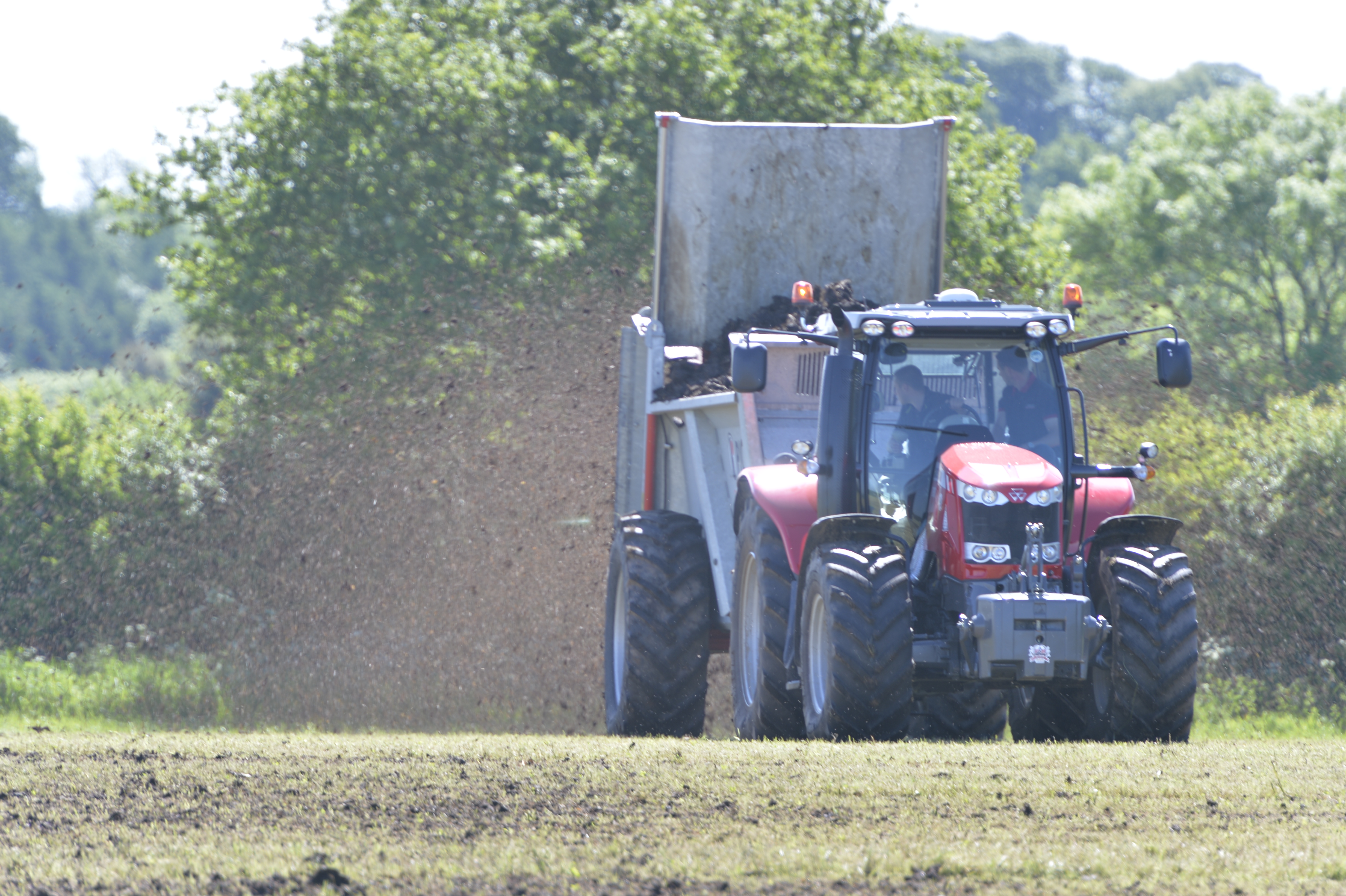To maximise the value of the nutrients contained in organic materials, make sure you do the following
Know the nutrient content
Accurate information on the nutrient content is essential to make the best use of organic materials. ‘Standard’ or ‘typical’ figures are available in Section 2 of AHDB Nutrient Management Guide (RB209). These are average figures based on the analysis of a large number of samples. However, the nutrient content of organic materials will vary depending on many factors, such as livestock feed composition, variable use of bedding, storage period and for slurries dilution by rainwater, and therefore if possible farmers are encouraged to get a laboratory analysis of their organic material. A laboratory analysis should include dry matter, total N, P, K, S and Mg and ammonium-N, and for poultry manures uric acid N.
Minimise nitrogen losses
Where possible, applications of organic materials should be managed to minimise nitrogen (N) losses to the environment. The risk of N losses is greatest following applications of high readily available N materials such as livestock slurries, poultry manures and digestate. Minimise the risk of nitrate leaching losses by applying high readily availability N materials in the spring/summer rather than the autumn/winter period, or if applying in the autumn spread to crops with an autumn N requirement such as oilseed rape and grass. Reduce ammonia volatilisation losses by applying slurries or digestate with bandspread or shallow injection rather than broadcast equipment, or by incorporating organic materials soon after application.
Know your application rate and spread accurately and evenly
To calculate the application rate you need to know the capacity of the spreader and number of ‘loads’ spread over the field area, or alternately for slurries apply using a pump with a known output. For solid materials, the best way to assess the capacity of the spreader is to weigh it empty and then full. Make sure the organic material is spread accurately and evenly. For broadcast spreaders, this means overlapping the bouts to get an even application across the field. Generally overlap the bouts by about half (this means the bout width is about half of the spreading width).
It is recommended to check your application rate and evenness of spread at least annually. However, data from Defra Farm Practice Survey indicates that only 35% of farms that spread manures using farm equipment adequately calibrated their spreaders and half of farms that spread manures never calibrated their manure spreaders.
Build into farm nutrient management plan
Management strategies that minimise environmental N losses can be expected to maximise crop N recovery and therefore increase the fertiliser N replacement value of the manure, reducing the need for manufactured fertiliser application to meet crop requirements. In order to realise the value of manure applications, it is important to accurately predict the crop available N supply and reduce inorganic fertiliser use accordingly.
Section 2 of the AHDB Nutrient Management Guide includes guidance on crop available N supply from organic materials. Alternatively, farmers can use the MANNER-NPK software. MANNER-NPK (MANure Nutrient Evaluation Routine) is a decision support tool to quantify manure crop available N supply and is available to download for free from www.planet4farmers.co.uk.




